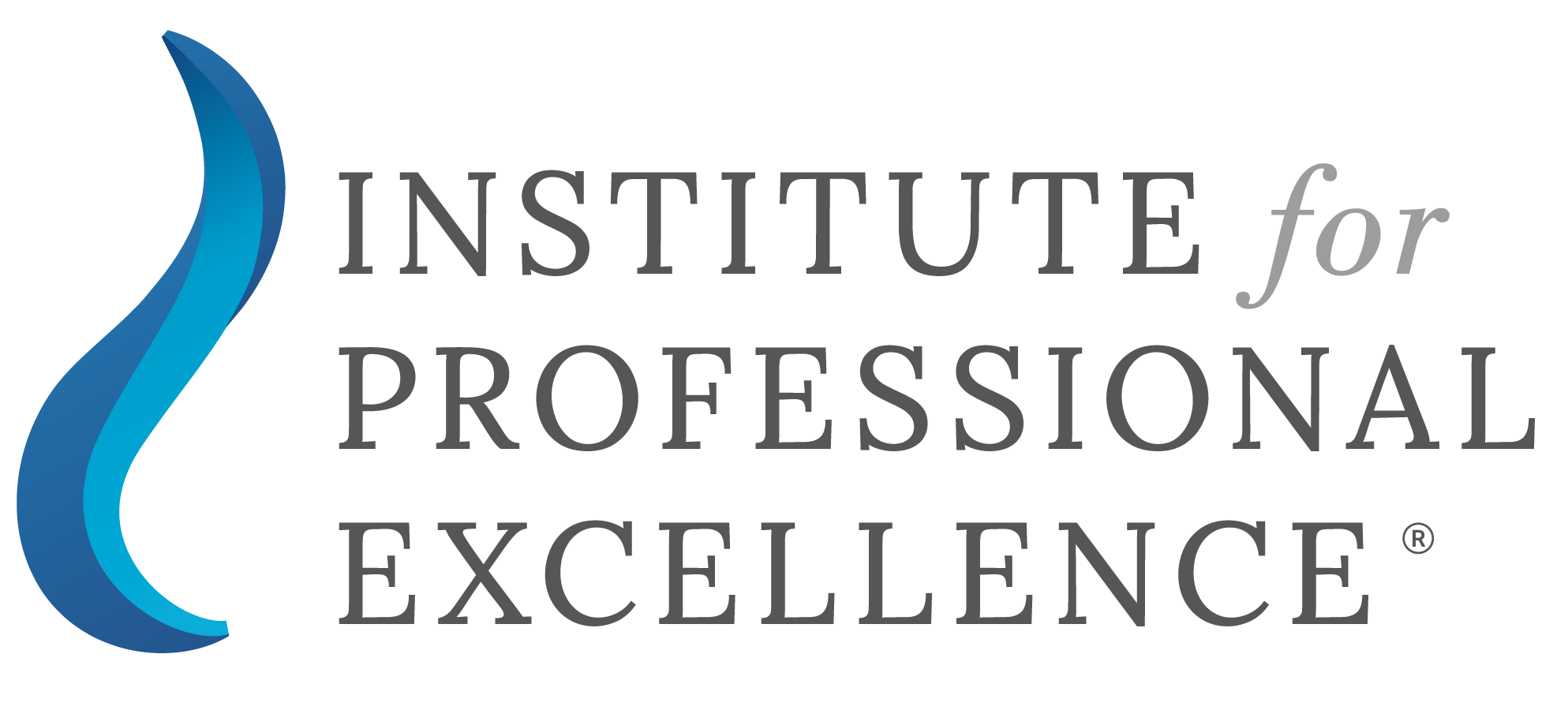Best Execution and CySEC good practices
Best Execution consists of a duty critical for investment firms providing services in and from the European Union (EU). In a nutshell, the Best Execution framework outlines investor protection standards for the execution of client orders.
In this blog post, the team at the Institute for Professional Excellence (IforPE) discusses important information about the concept of Best Execution and the good practices to achieve compliance with the relevant regulatory obligations. Additionally, a comprehensive online course titled Best Execution in Practice is available through the IforPE platform.
At the end of this blog post, we will supply you with additional information regarding the knowledge and competencies gained by undertaking the Best Execution in Practice course and how you can utilise them for the firm’s benefit.
What is Best Execution?
As per the MiFID II, Best Execution refers to the investment firms’ responsibility to take all sufficient steps for obtaining the best possible results when executing orders on behalf of clients. To ensure Best Execution obliged entities like Cyprus Investment Firms (CIF) must consider specific execution factors, such as:
- price
- costs
- speed
- size
- nature
- execution likelihood
- any other relevant factor
Beyond the evaluation of the above factors, a CIF is required to provide existing and potential clients with clear and sufficiently detailed information. This entails the disclosure of an order execution policy describing the firm’s execution arrangements and procedures, as well as quarterly and annual reports providing data to enable the assessment of the execution quality offered. Furthermore, obliged entities may utilise robust technological systems for the monitoring of Best Execution.
Which are the good practices relevant to Best Execution?
The Cyprus Securities and Exchange Commission (CySEC) is the designated authority for the supervision of investment services in and from the Republic of Cyprus. CySEC has provided the following set of good practices for obliged entities to employ to ensure Best Execution for clients’ orders:
- The publishment of the Order Execution Policy allows investors to evaluate the firm’s arrangements before placing an order or entering a trade with the firm.
- The practical application of the arrangements and systems outlined within the Order Execution Policy.
- The maintenance of evidence relevant to the analysis performed and the decisions taken according to the established execution thresholds.
- The employment of advanced technological tools designed for the monitoring of the relevant execution measures.
What is the Best Execution in Practice course and what does it include?
The Best Execution in Practice course has been developed by SALVUS Funds and is delivered by their Risk & Compliance Director, Evdokia Pitsillidou. The course has been designed to equip professionals working at CIF and other CySEC regulated entities with the necessary information about their Best Execution regulatory obligations. In addition, the course guides how to achieve compliance in practice and be always prepared for undergoing a Best Execution inspection by the regulator.
Professionals who complete the Best Execution in Practice course will be able to identify areas of weaknesses within company policies and arrangements and work towards their enhancement. Furthermore, they will gain the competencies to select and establish appropriate Best Execution monitoring tools considering the firm’s operations scale, nature and complexity.
The syllabus of the Best Execution in Practice course includes:
- Best Execution responsibility
- Best Execution responsibility – MiFID I
- Best Execution responsibility – MiFID II
- Best Execution – Q&As - CySEC’s Circular C343 & Best practices to comply with Best Execution
- Creating a sound Order Execution Policy
- Best Execution arrangements in practice
- ‘pre-trade’ execution settings
- Bad practices observed
- Monitoring program and record-keeping
- Onsite checks by the Compliance Officers
- Internal Auditor involvement
- Good practices observed - Best Execution in practice, demonstrating the Best Execution analytics tool provided by FINVUS
- RTS 27 & 28 Reports and the new requirements
- RTS 27 & RTS 28 Reports
- RTS 28 – Execution Quality Summary Statement, existing and new requirements
- RTS 27 – Data Quality of execution of the transactions, existing and new requirements
- RTS 27 & RTS 28 Reports – Q&As - Preparation for a Best Execution inspection
- Preparation for a Best Execution inspection
- Regulator’s potential questions
- The importance of being Compliant
The material of the Best Execution in Practice course is delivered both in PDF slides and online video recordings, designed specifically for self-paced learning. Learners who undertake this course are offered the flexibility to learn wherever and whenever.
At the end of the course, learners have the opportunity to test their knowledge acquired through the course by answering the test questions prepared based on the covered material.
The completion of the Best Execution in Practice course counts towards the Continuous Professional Development (CPD) annual requirements of professionals, and holders of the CySEC Advanced and Basic certifications.
If you have any questions about the Best Execution in Practice course or any other CPD course, please contact us - we would love to help.
From all of us at IforPE, the Institute for Professional Excellence,
Ancora Imparo

The Institute for Professional Excellence (IforPE)
Copyright © 2019-2025
navigate
The Institute for Professional Excellence is protected under a registered European trade mark. The figurative trade mark registration number is 018854840. This trade mark is protected under the European Union's legislation.
